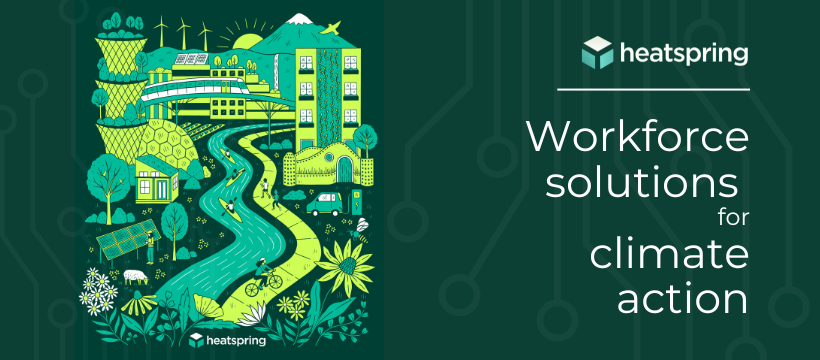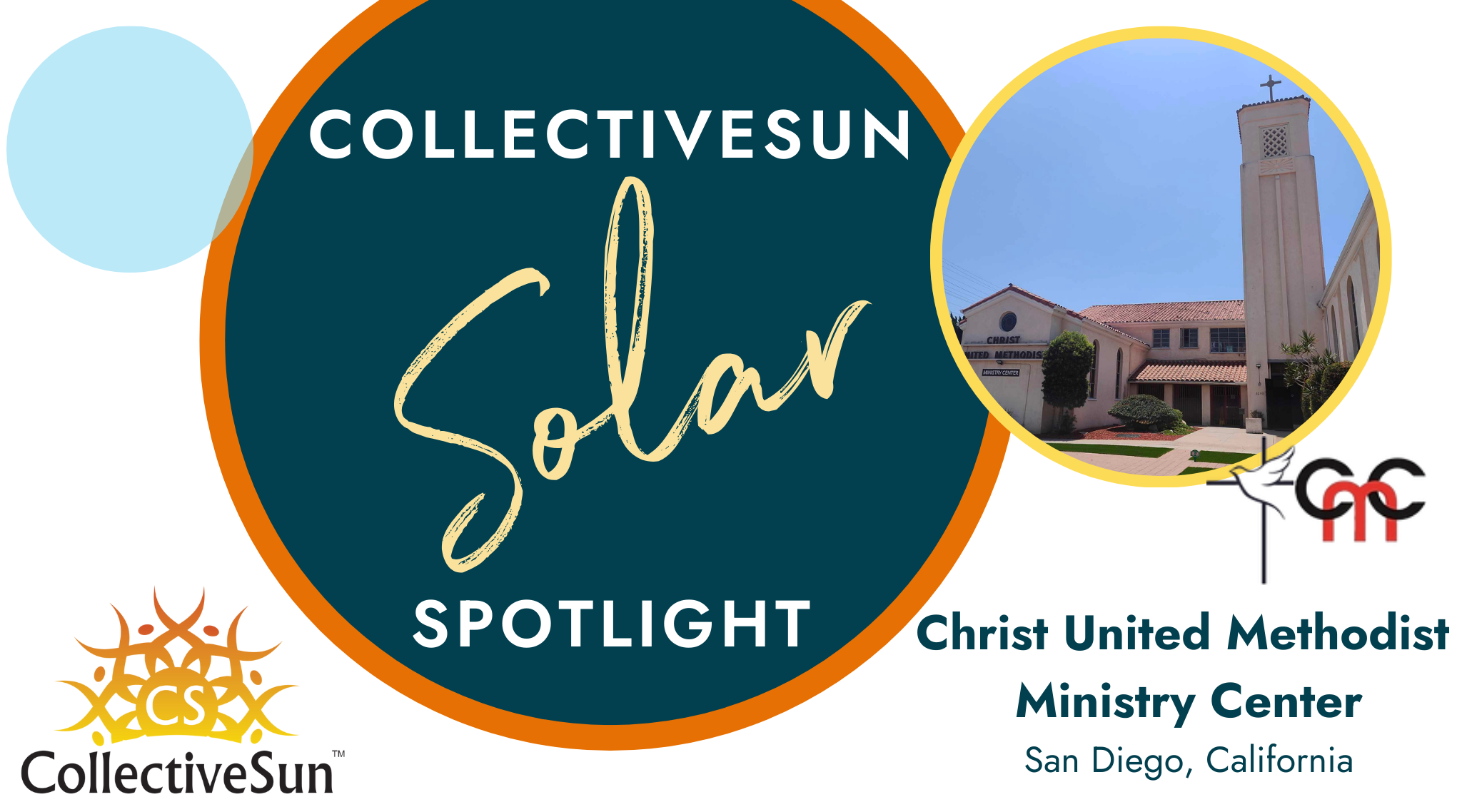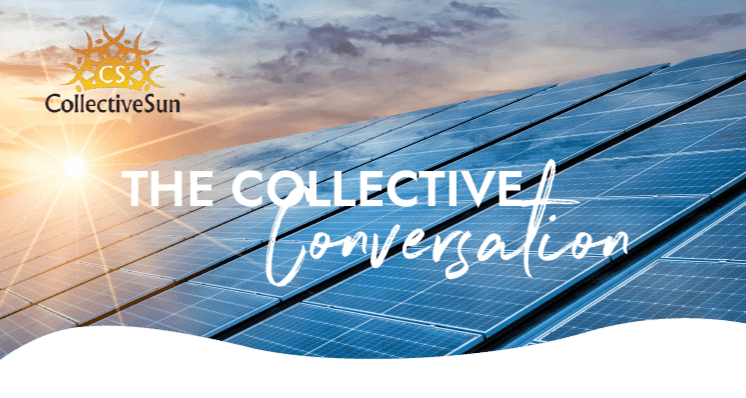
CollectiveSun Partners with HeatSpring to Offer Free Course Bundle on Inflation Reduction Act Incentives for Nonprofits
|
HeatSpring is widely recognized as a top online learning platform for solar and clean energy industries, with courses led by industry experts. With over 270 free and paid courses on a variety of topics ranging from a Solar PV Bootcamp to NABCEP Certification prep to Utility-Scale Solar Construction & Project Management, the platform has been used by thousands of solar industry professionals and trainees.
Now, CollectiveSun has partnered with HeatSpring to offer a free series on the Inflation Reduction Act (IRA), which passed in August 2022. The IRA included groundbreaking incentives for clean energy, but since its passage, the industry has been scrambling to determine how to take advantage of this unprecedented opportunity.
At CollectiveSun, we’ve been closely following the features of the IRA that are making it easier for nonprofits to go solar. We’re all about providing education and information, so we welcomed the opportunity to share what we’ve learned in a HeatSpring bundle of four free courses, Inflation Reduction Act: Solar Provisions Explained.
The courses demystify some of the key solar provisions in the IRA, covering timelines, application processes, potential gotchas, and more. Our goal is to enable nonprofit organizations and tax-exempt entities to take advantage of these incentives to go solar — reducing emissions while saving money that they can use in service of their critical missions.
Our IRA bundle covers these topics, in manageable 60-minute courses:
- Direct Pay
- Low-Income Communities Bonus Adder
- Energy Community Bonus Adder
- Domestic Content Bonus Adder
Direct Pay
The IRA introduced a provision in 2022 called Direct Pay (also known as “Elective Pay”) that creates an exciting pathway for nonprofit organizations to utilize tax credits. Before the IRA, the Investment Tax Credit (ITC) for solar was available only to taxable entities. That left tax-exempt and government entities, such as nonprofits, churches, and schools, out of the equation. Direct Pay changes that, opening the tax credit to nonprofits for the first time.
In this course, we review the features of Direct Pay, how to apply for it, and updates to be aware of as we move into the 2024 tax year. This information will be helpful for nonprofits who have placed a system in service during the 2023 tax year or are planning to place a system in service in the 2024 tax year and beyond. We also discuss the timing of filings, and we review Form 990-T and other forms that need to be completed.
Low-Income Communities Bonus Adder
The Low-Income Communities Bonus Adder, another new incentive in the IRA, is unique in that only 1.8 GW are allocated per year. If the bonus adder application is approved, 10% or 20% is added to the base 30% ITC, creating a 40% or 50% ITC.
The Low-Income Communities bonus adder is meant to stimulate more solar adoption in Low to Moderate Income (LMI) communities. In this course, we describe how eligibility is determined and the process for applying. We also review the four different categories of allocations described in the final regulations released by the Treasury Department, and we share insights on how the selection process will operate.
Energy Community Bonus Adder
One of the most exciting new incentives in the IRA is the Energy Community bonus adder. We consider this one the “sleeping giant” of the IRA because of its simplicity: if your project is eligible for the Energy Community bonus adder and you apply for it, you will get it. This is a bonus adder you can rely on.
The Energy Community bonus adder is meant to stimulate more solar adoption in areas of the country that have historically been connected with fossil fuel production and employment.
In this course, we review how Energy Community eligibility is determined, offer insights into the strategic focus of this incentive, and share how eligible projects can achieve a whopping 40% Investment Tax Credit thanks to this 10% adder.
Domestic Content Bonus Adder
Also in the IRA are a number of new incentives, including one called the Domestic Content Bonus Adder. This 10% adder to the base ITC of 30% is meant to encourage and stimulate domestic manufacturing. However, the recently released Treasury guidance has created a set of rules that make it extremely difficult to qualify for and claim this bonus adder.
In this course, we review the detailed qualification requirements and explore a theoretical scenario in which a project could actually qualify for this bonus adder, even given today’s limited availability of domestically produced components. This will be revisited in the future when final regulations are released by Treasury.
Register now for our complimentary courses on HeatSpring
We’re pleased to offer our expertise on the IRA provisions to solar developers and nonprofits, to facilitate the process of going solar and maximize your solar savings. Register for our free course bundle at this link: Inflation Reduction Act: Solar Provisions Explained.
Disclaimer: The information in our HeatSpring course does not constitute legal or tax advice and should not be relied upon for any purpose. Please consult your legal counsel and tax advisor.






